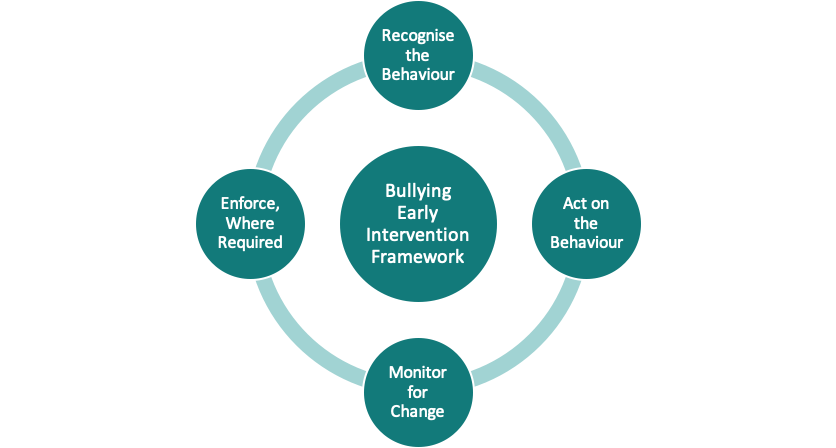Being part of an innovative workplace can be exciting and energising. Exploring ways to learn, grow and improve; being part of the explorers and creators. It can be the best type of workplace to be in.
Innovation keeps us successful, relevant and ahead of our competition. It’s the sign of a healthy company.
However, when our workplaces are plagued by bullying behaviours and complaints, innovation is likely to be sacrificed. It’s one of the consequences we don’t often hear about. Yet lost innovation is something that can cost us our companies future.
Innovation requires workplace psychological safety
At the centre of an innovative workplace is employee psychological safety. Simon Sinek outlines the value of creating a workplace circle of safety. The circle of safety is created by employers and in that circle employees feel cared for, protected and safe. This ensures employees are free from internal attacks and, therefore, able to focus their energy collaborating and fighting external threats to the company.
The concept of workplace psychological safety is expanded upon by Timothy Clarke in his work on four stages of workplace psychological safety. His focus is that innovation comes out of challenger safety, which follows the first three stages of inclusion, learner and contributor safety. Without progressing through these four stages safety, you cannot achieve an innovative workplace.
To achieve workplace innovation, challenger safety sees workplace leaders create of an environment that welcomes challenging questions and conversations, free of ridicule, derision or punitive responses. Within this environment, employees are able to collaborate and communicate. This allows the connection of things not normally connected using divergent, lateral and non-linear thinking.
While innovation can originate from individual light-bulb moments, it will more commonly derive from social interaction. The process of innovation doesn’t happen without questions. Without them, nothing happens. It involves employees talking, interacting, discussing and debating. It comes out of difference of group members, so leaders encouraging diversity is also key.
It should be noted that innovation is not free of friction. It is full of friction of a positive kind, where anything is on the table to be debated and discussed leading to opportunities to explore.
Bullying stifles innovation
When bullying exists in your company, you have the antithesis to the environment you need to create to achieve innovation.
Bullying is fostered in an environment of fear. The insecurity felt by the bully is driven by their own fear. That fear is then passed onto other employees threatened by the bully’s behaviour and the resulting environment.
In contrast to feeling safe to suggest and debate ideas, employees are more likely resistant to do so, feeling they might be ridiculed and humiliated for their thoughts and suggestions. Instead of sharing ideas, employees may not put them forward at all, concerned that the bully may steal it and claim it as their own.
Creative employees suggesting innovative ideas could be viewed as a threat by the bully to their own standing, authority and expertise. This may invite an overt or covert attack from the bully that is likely to increase over time. For employees it is much safer to keep your head down, mouth shut and out of the bully’s way. You won’t see collaboration here.
You won’t see the best ideas and innovation. In fact, your best and brightest employees are more likely to head for the door for safer opportunities with other employers. When you lose those employees, your company capacity for innovation become further stifled.
Ultimately, you have a decision to make. The question is which will you choose. Will you choose innovation over bullying?
Learn more about our Workplace Bullying Prevention Workshops

Contact us today for a confidential discussion on how we can help you through our preventative bullying workshops.

